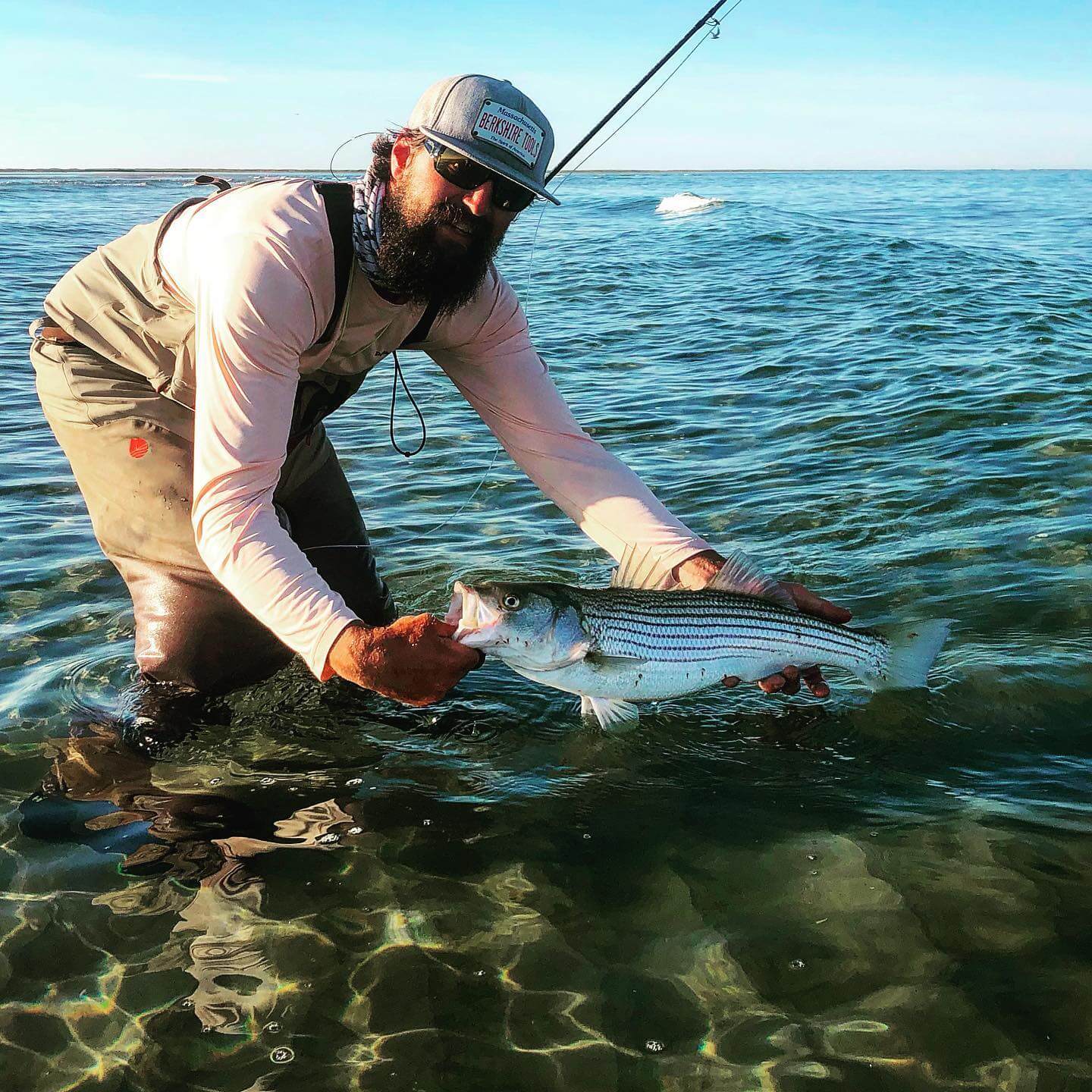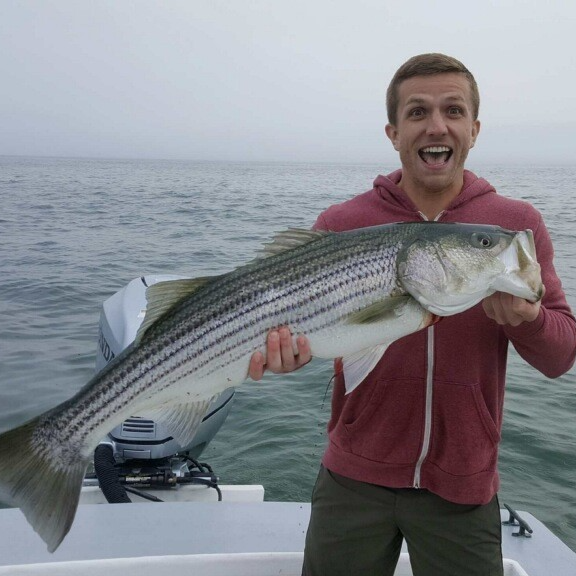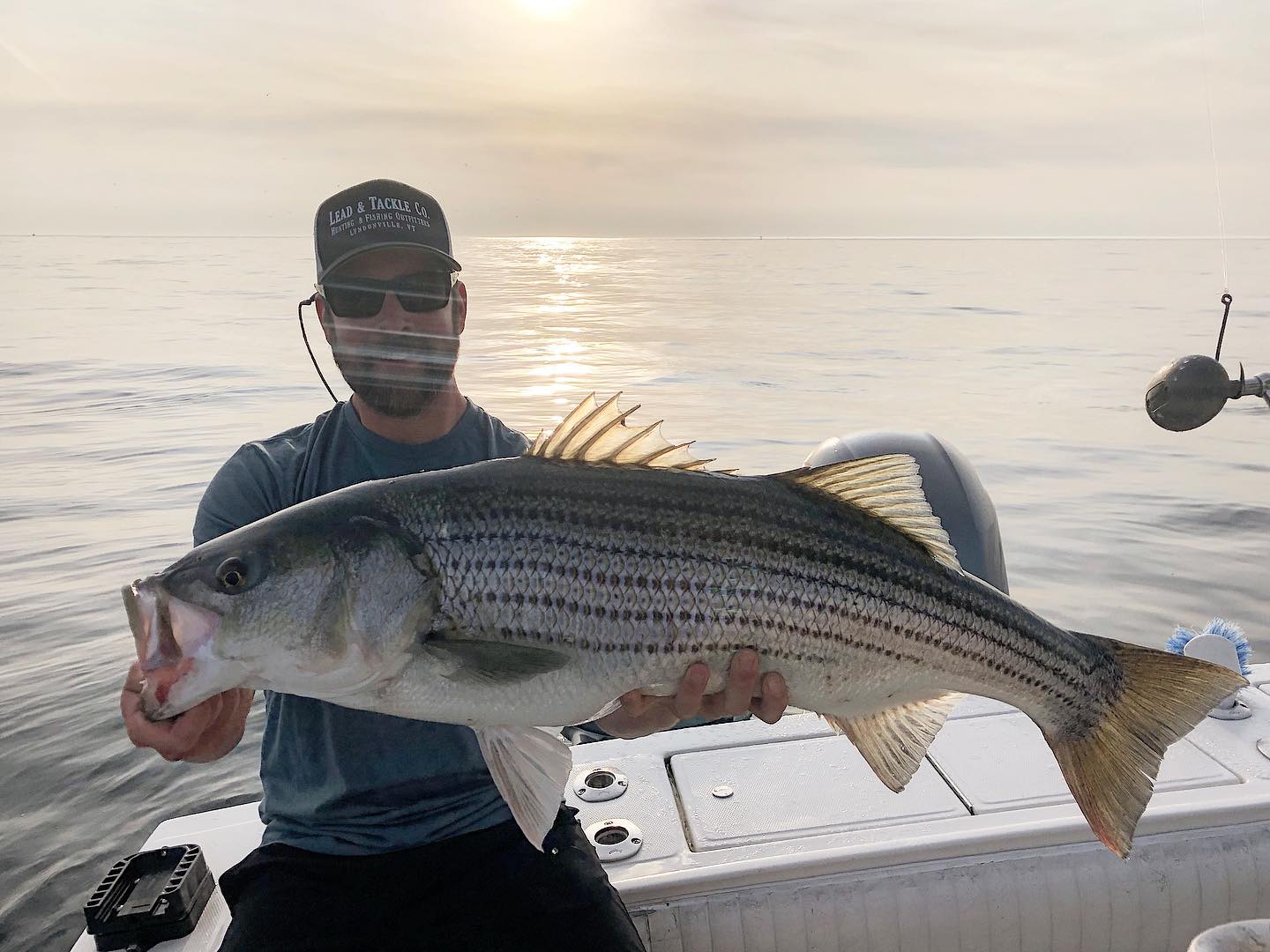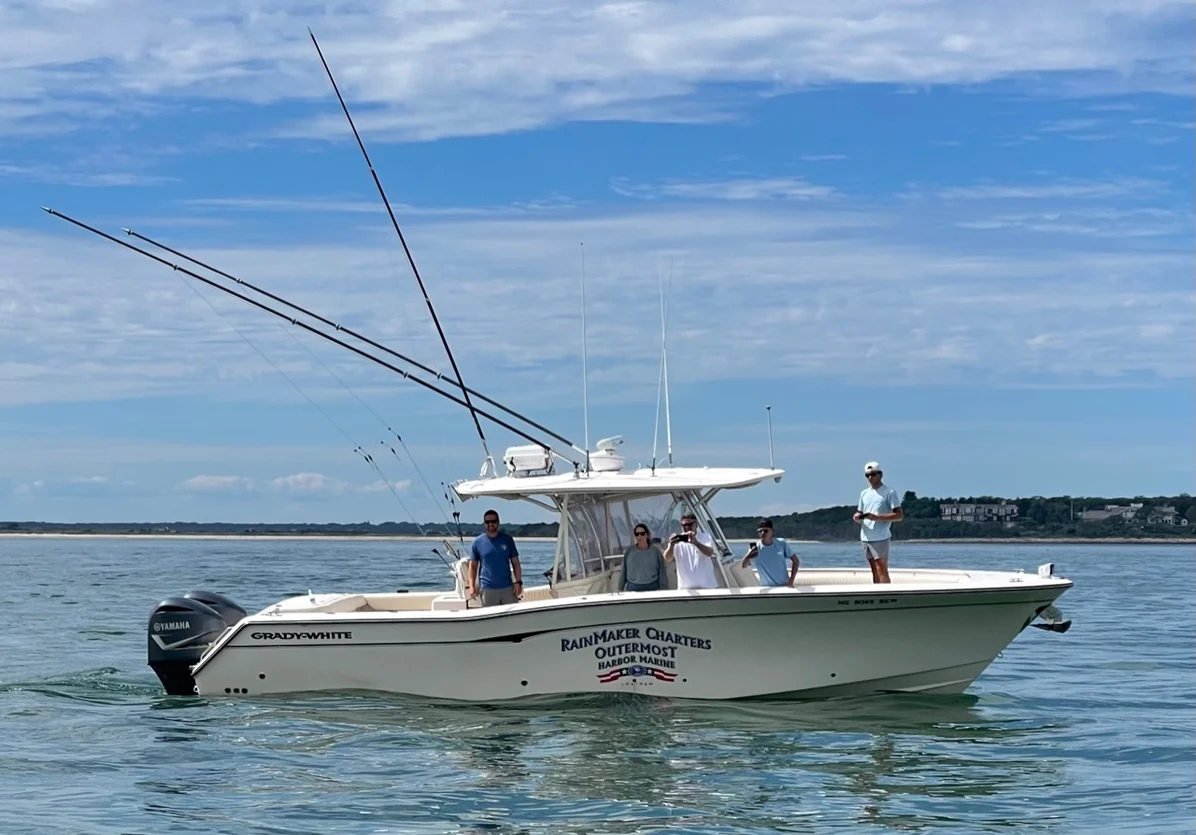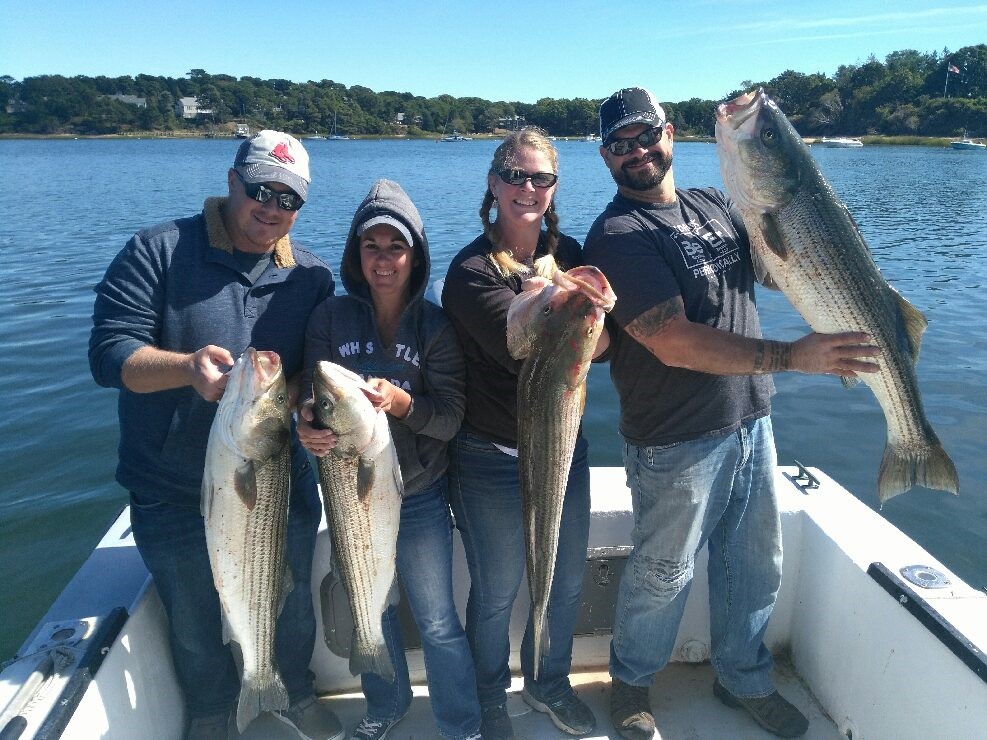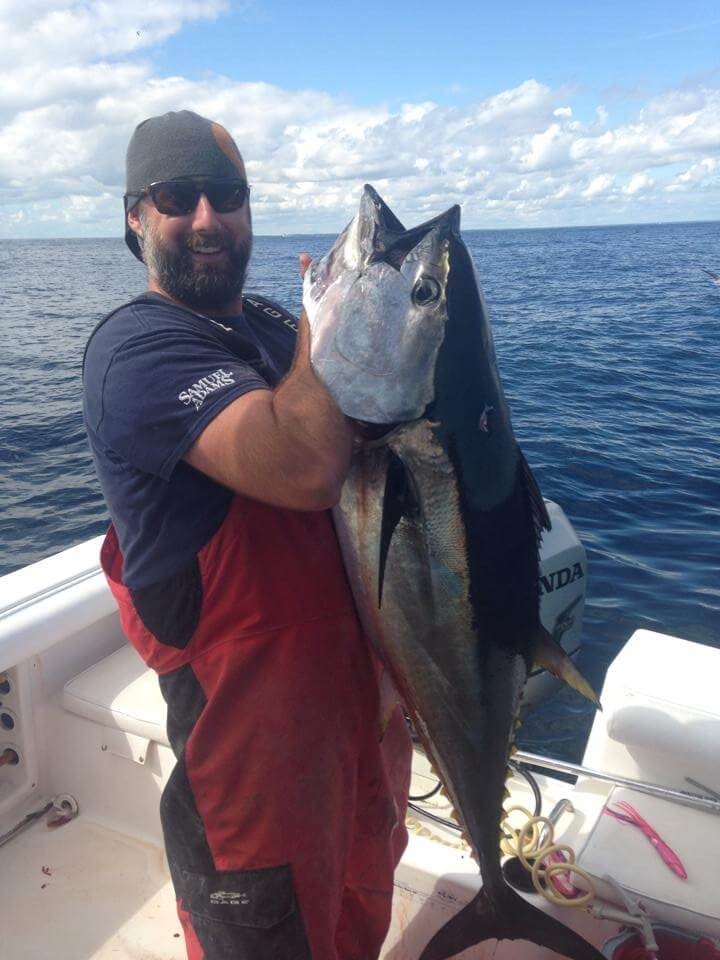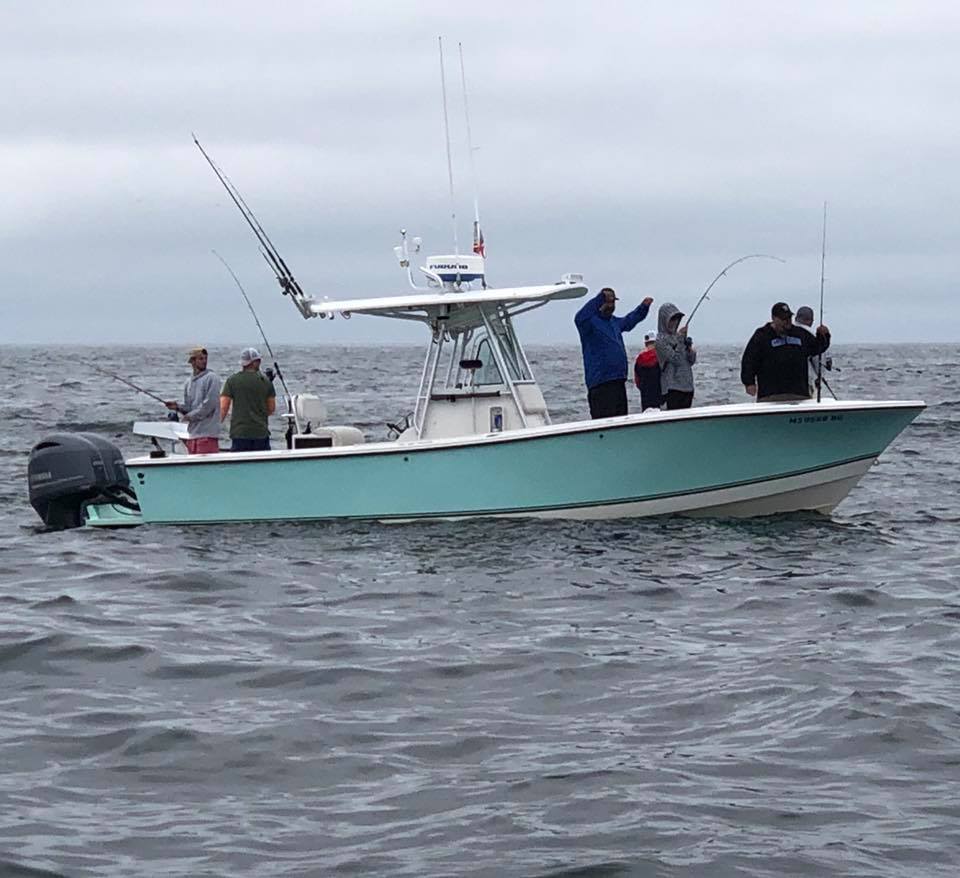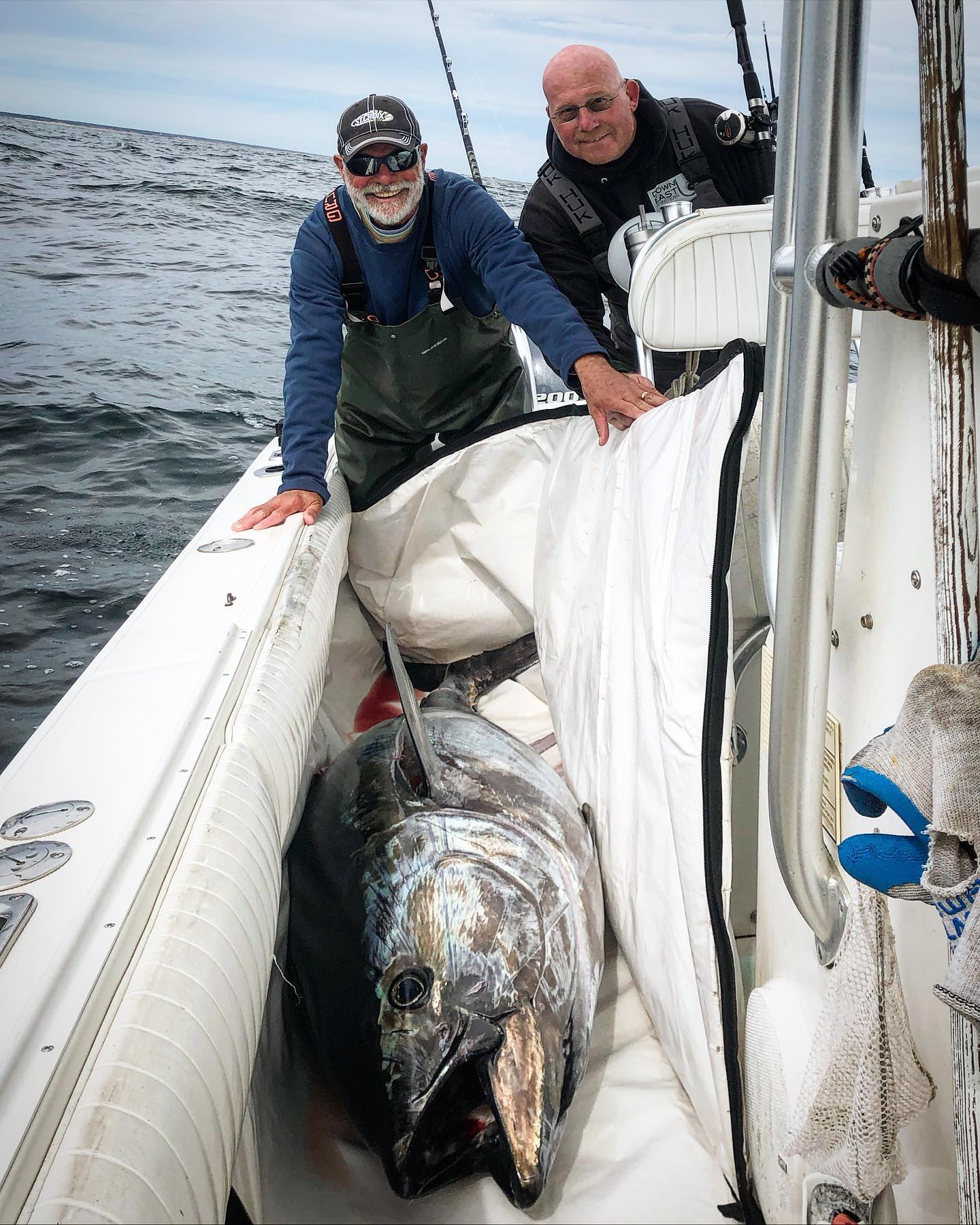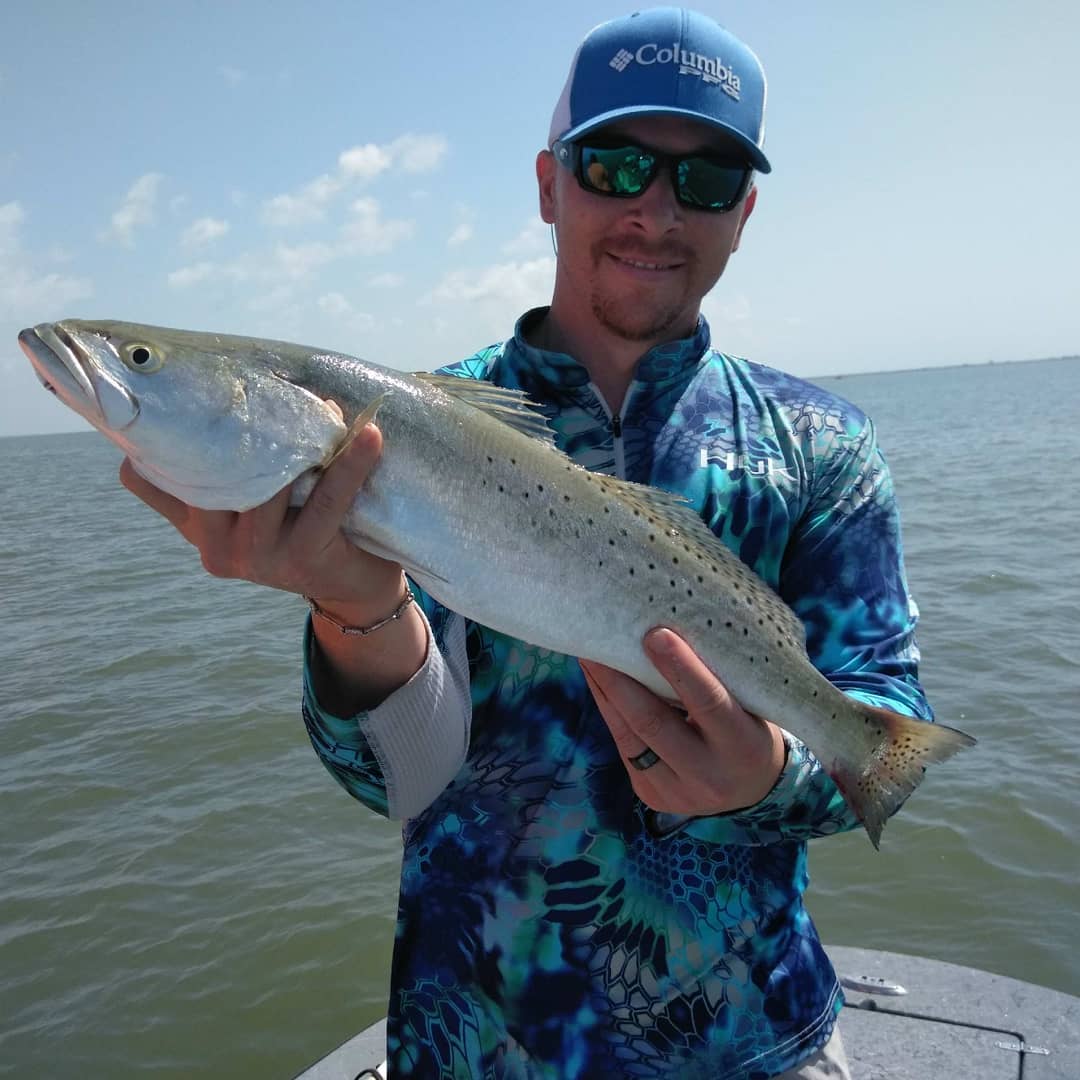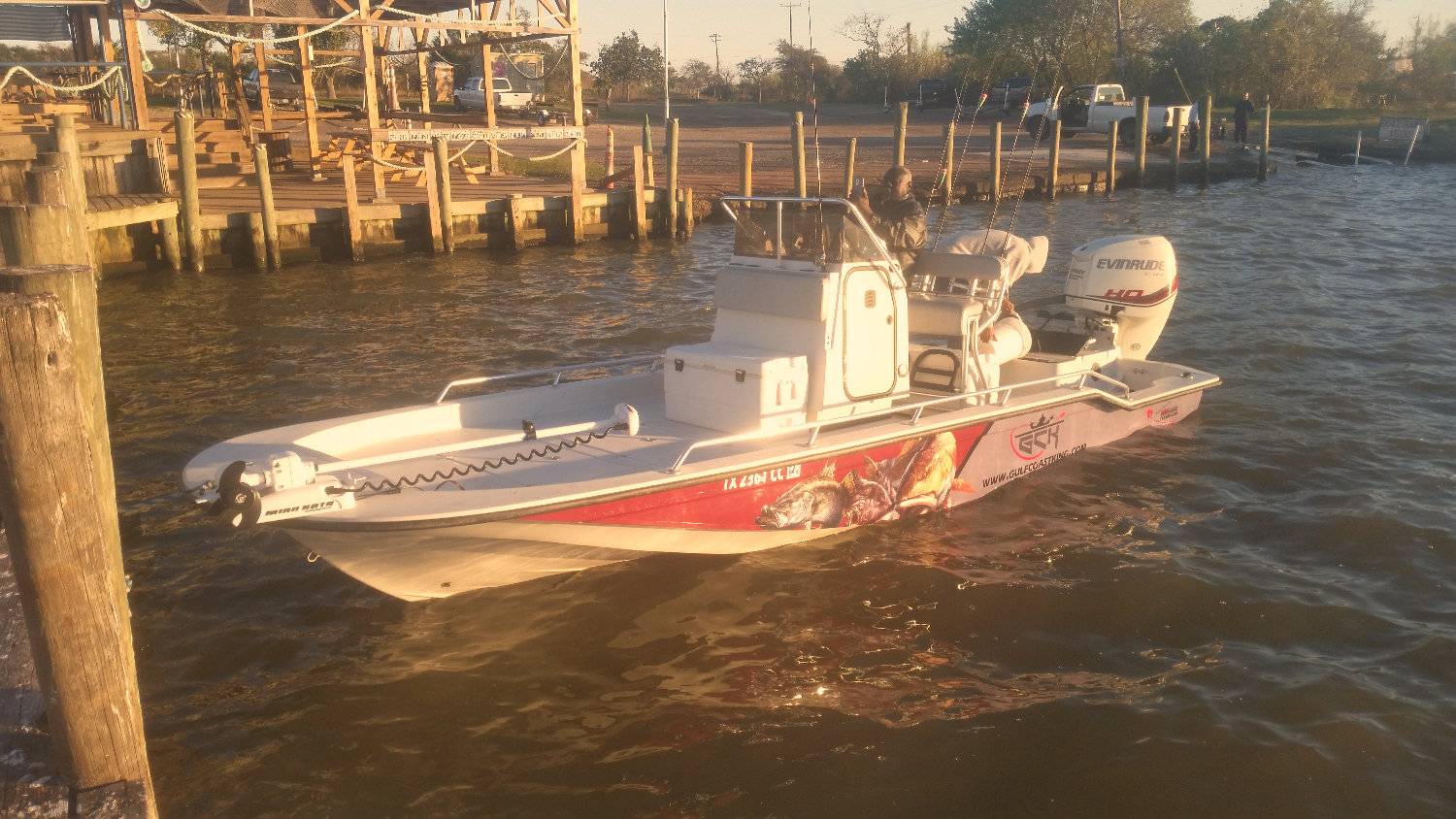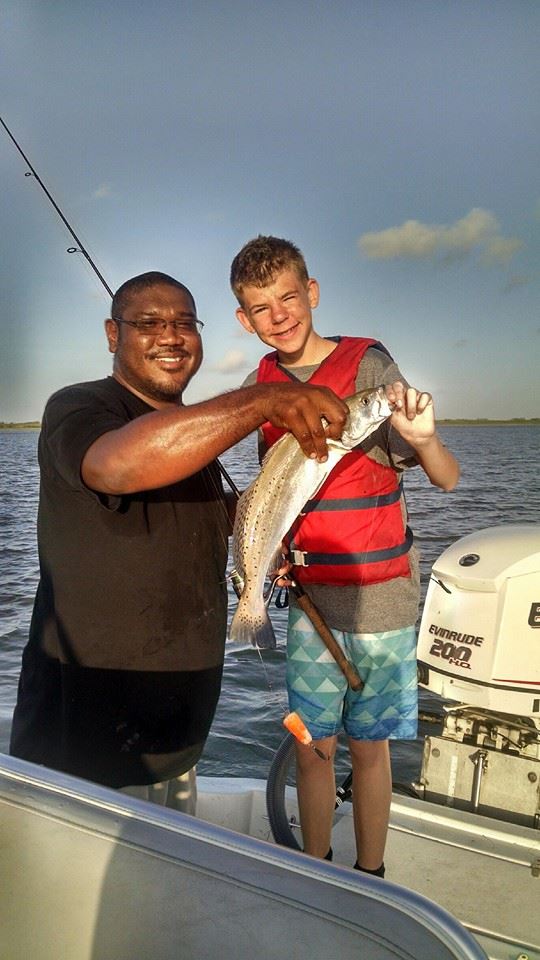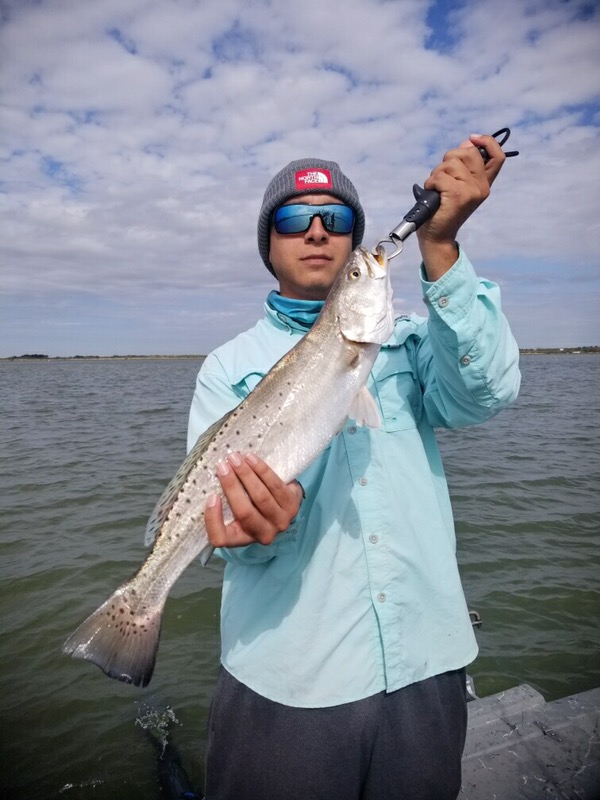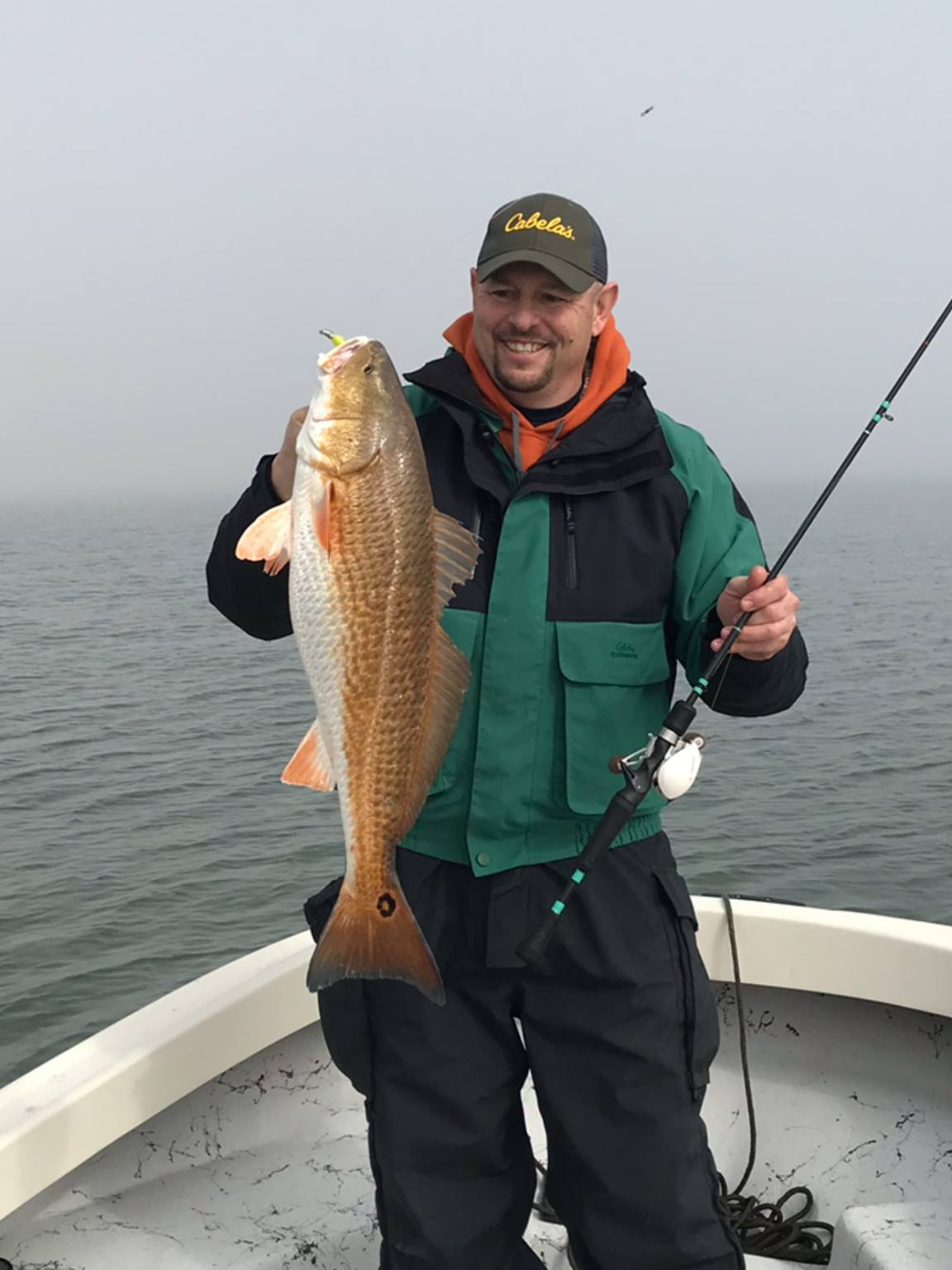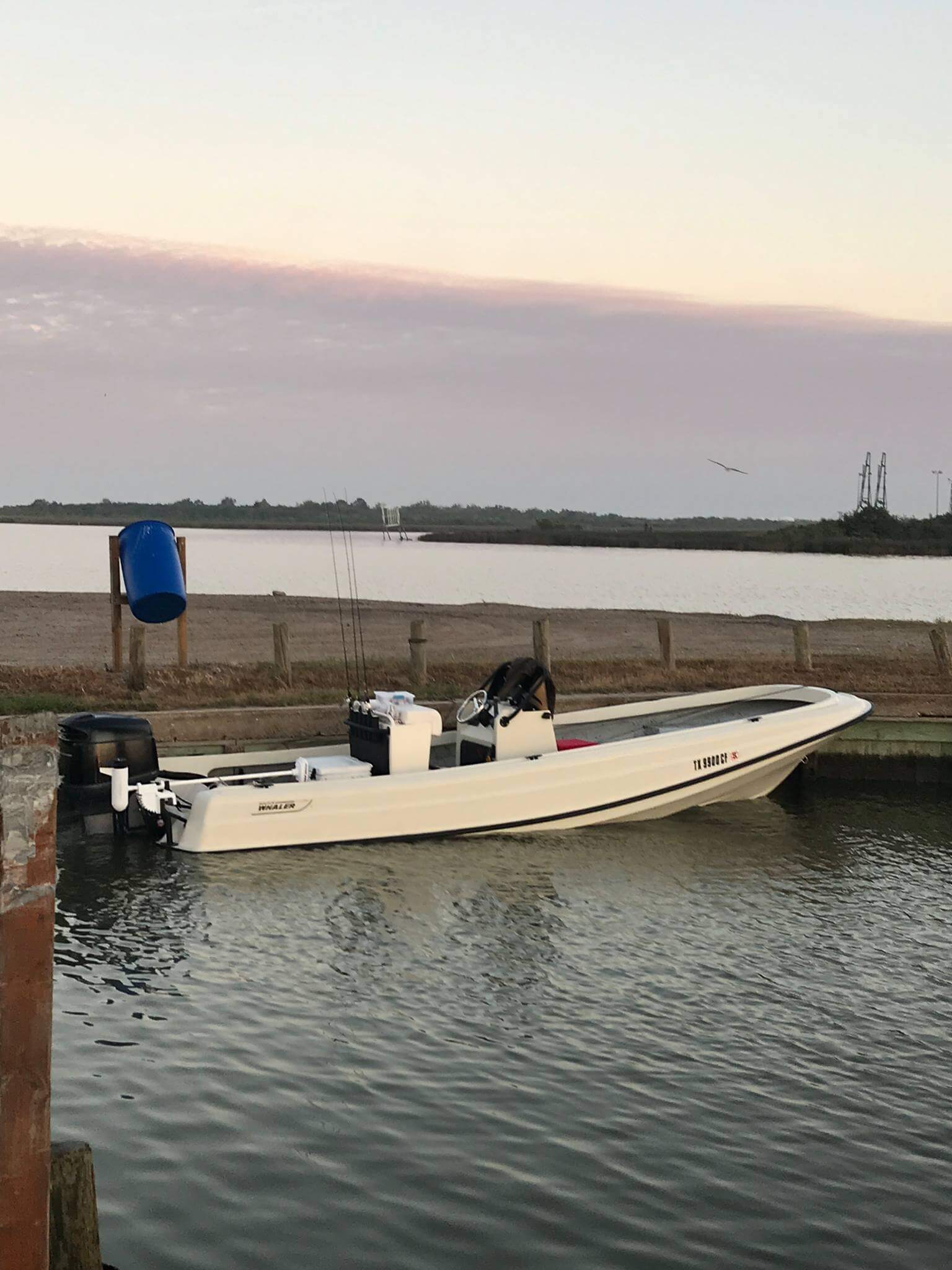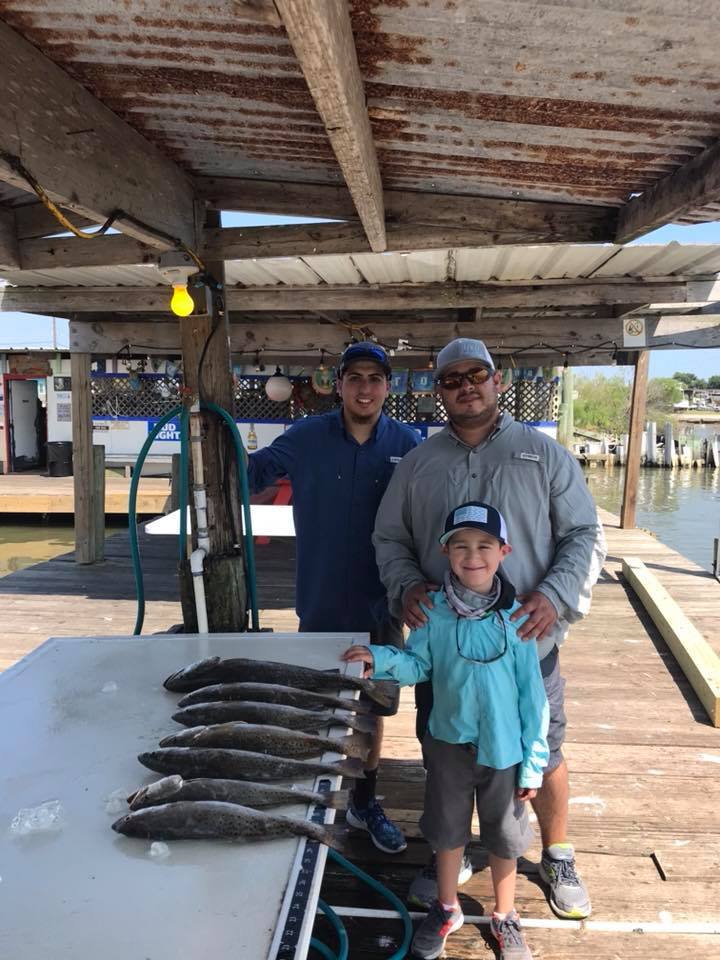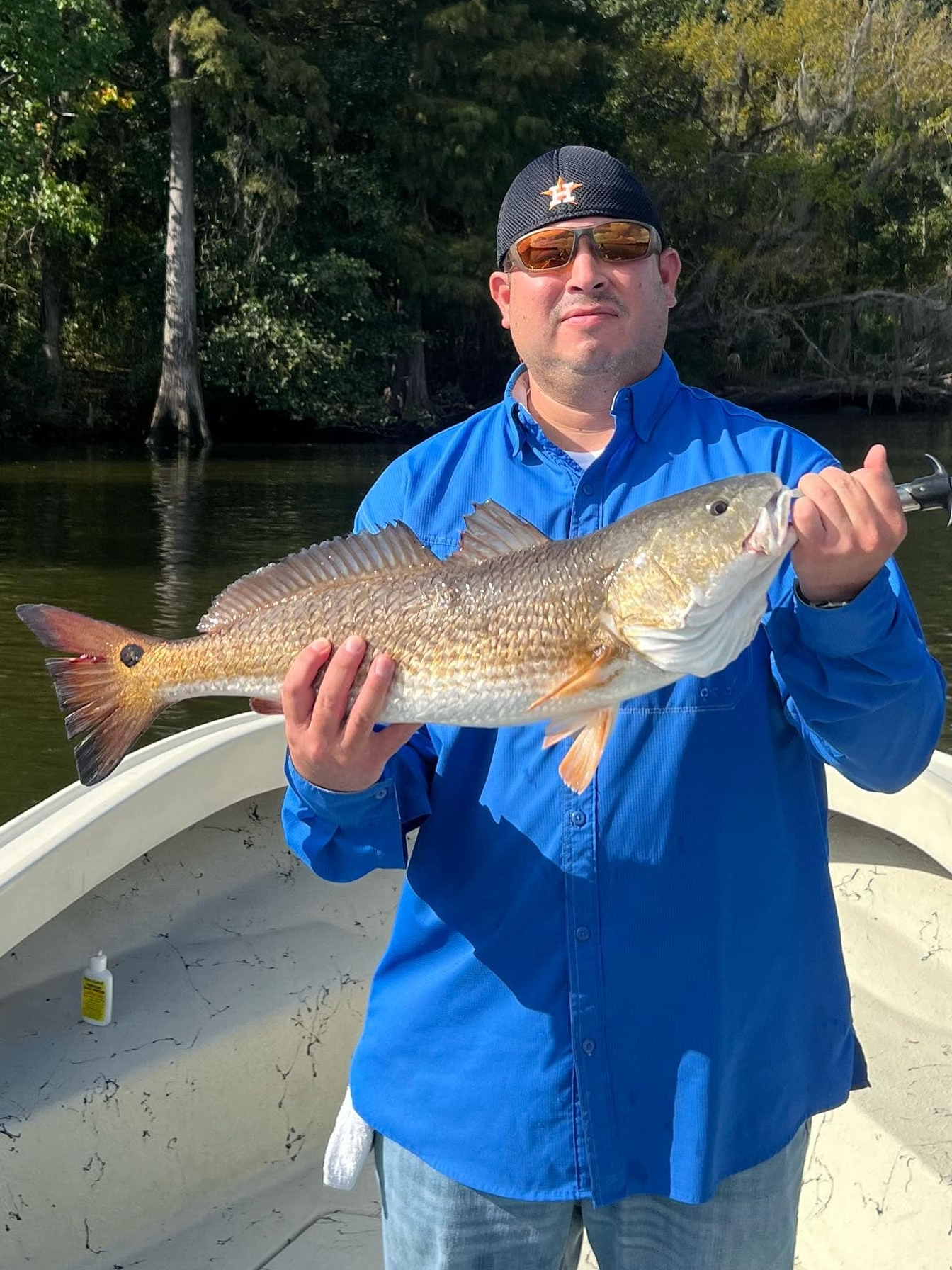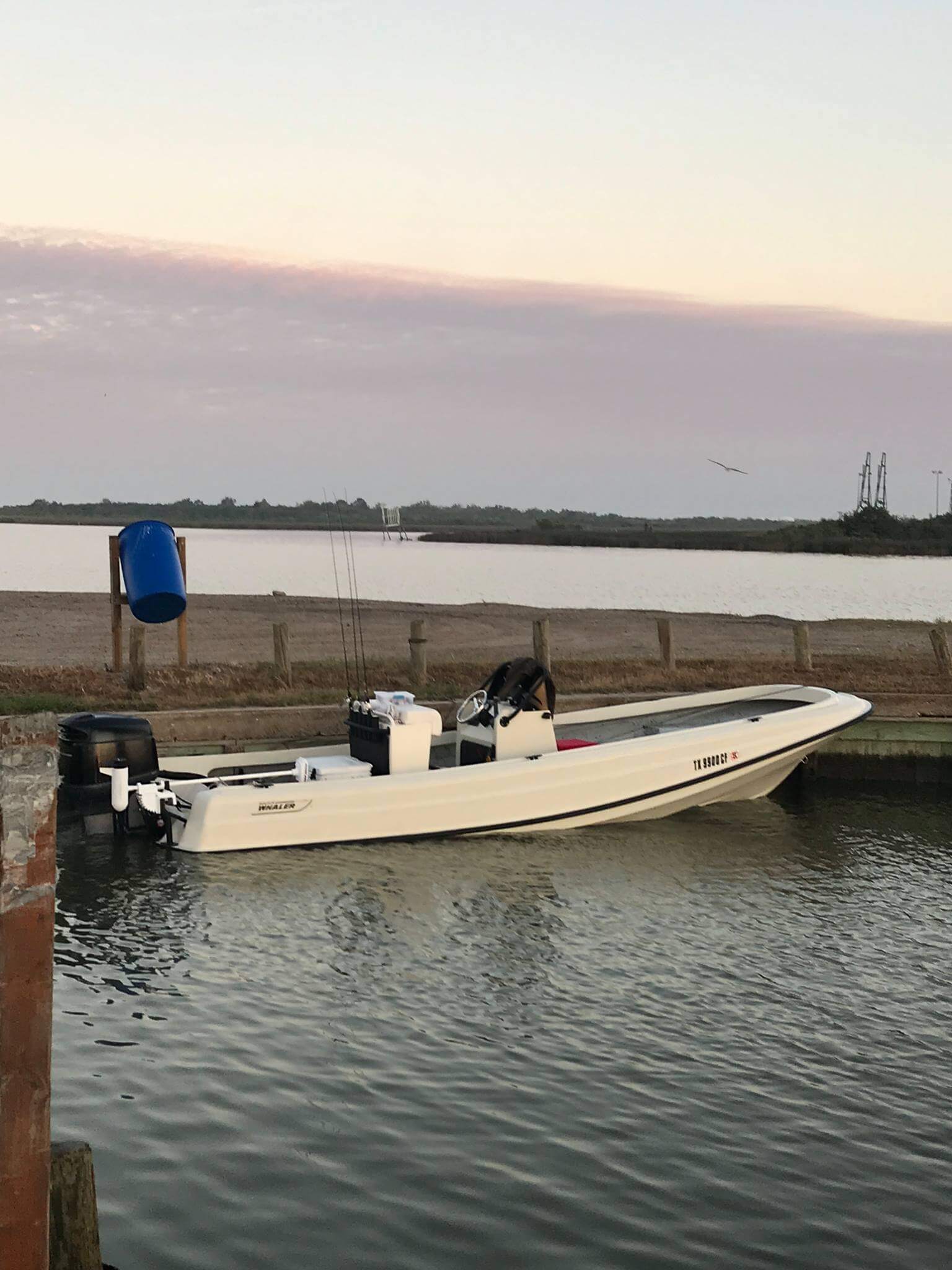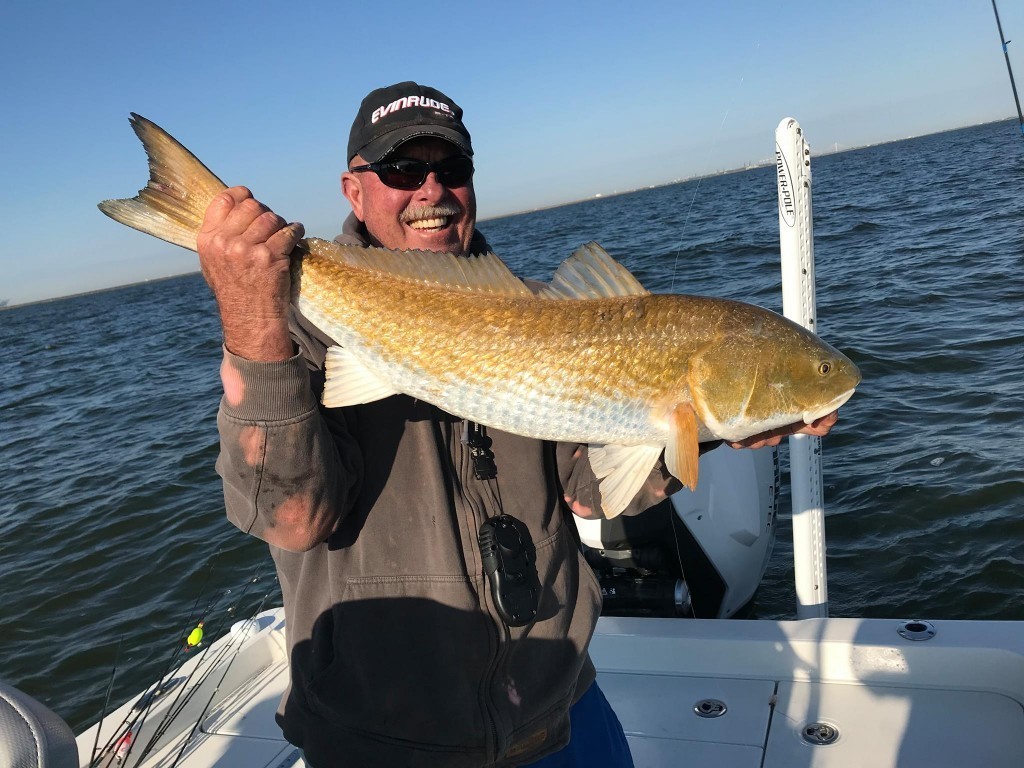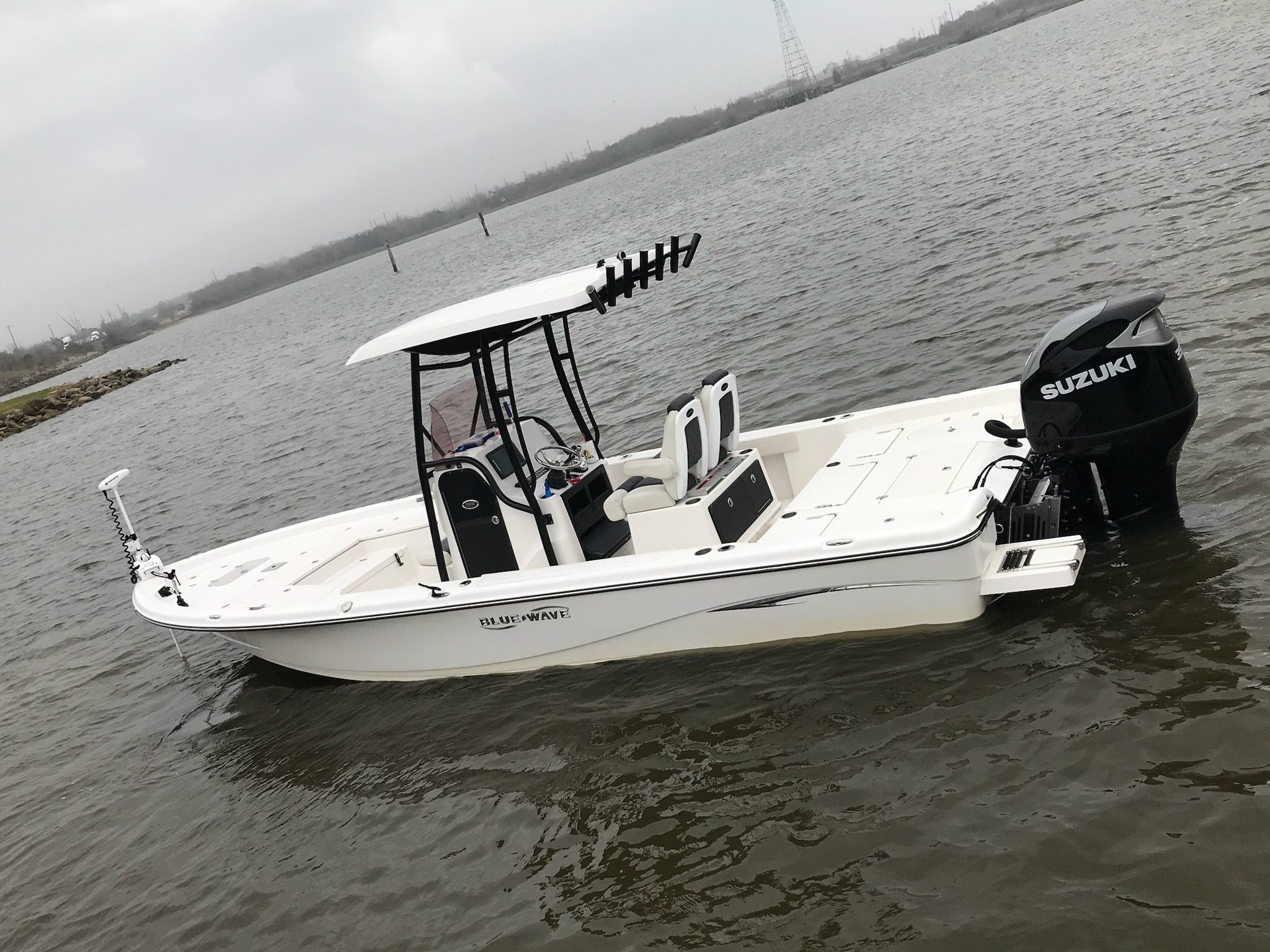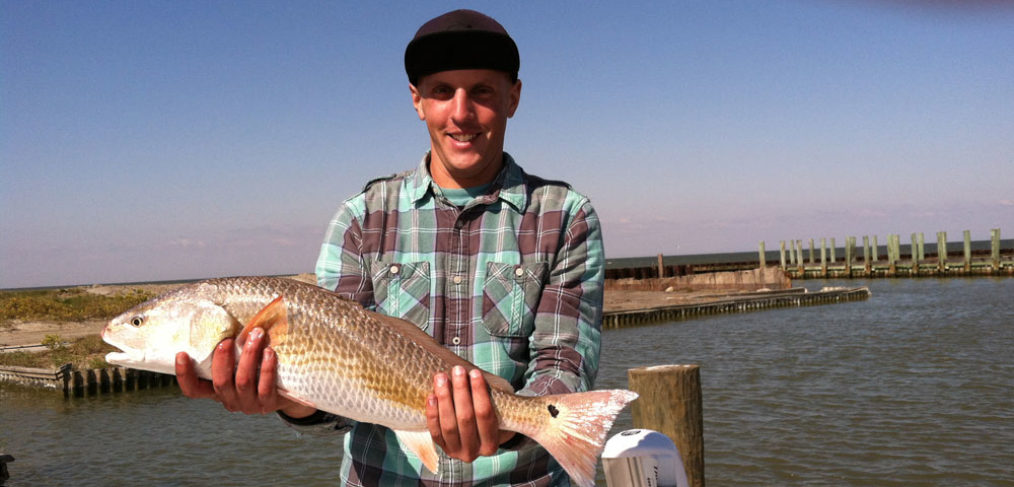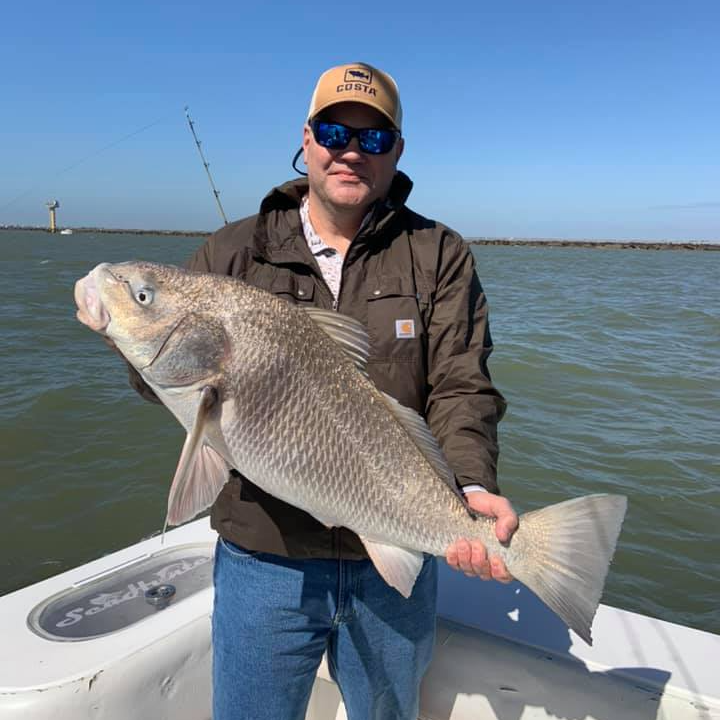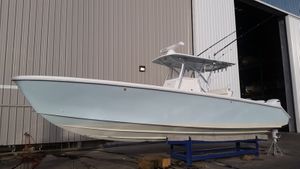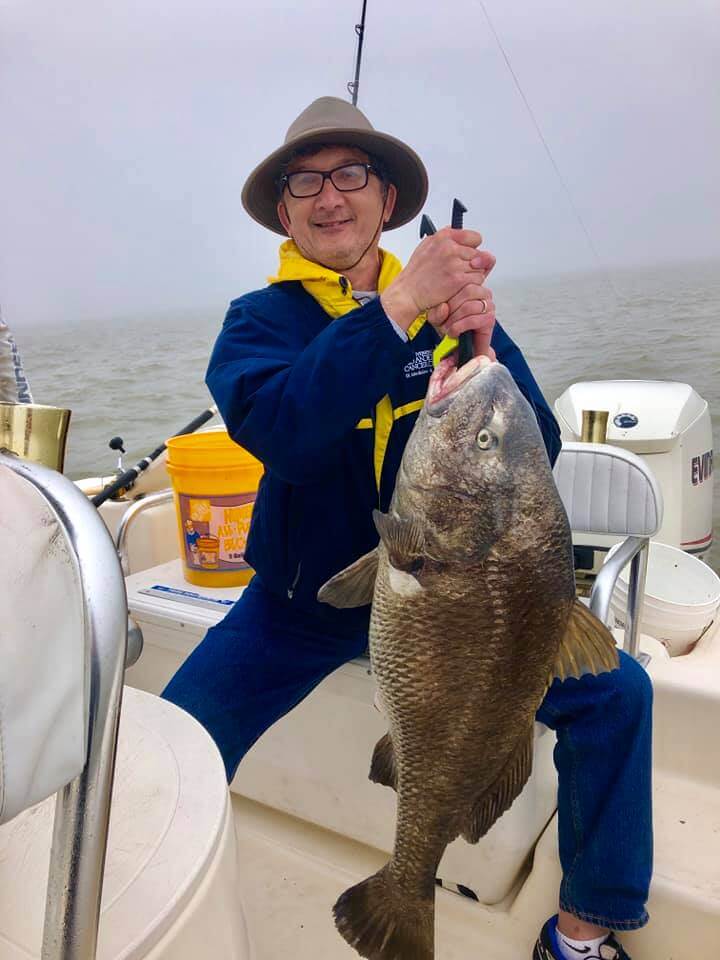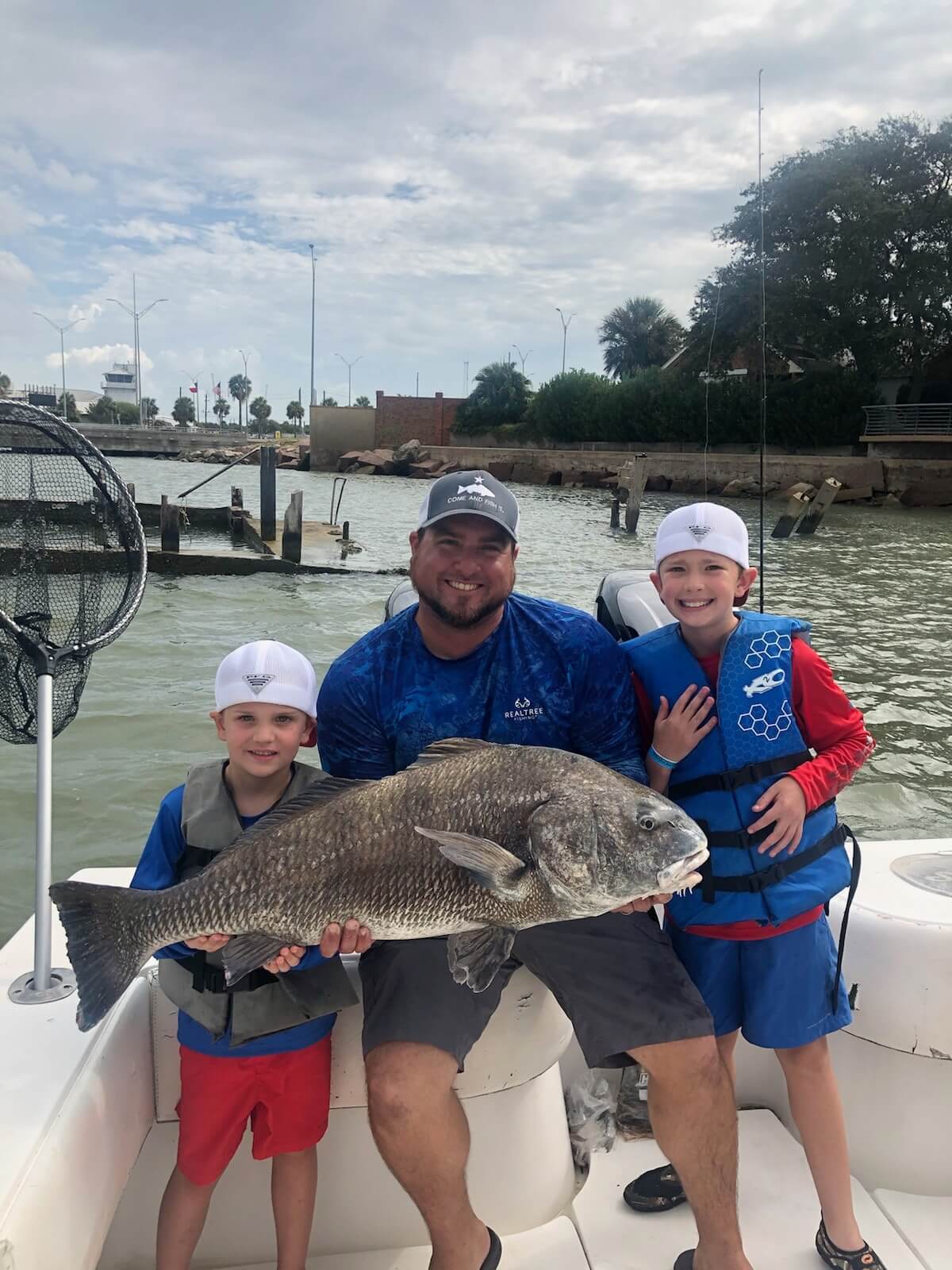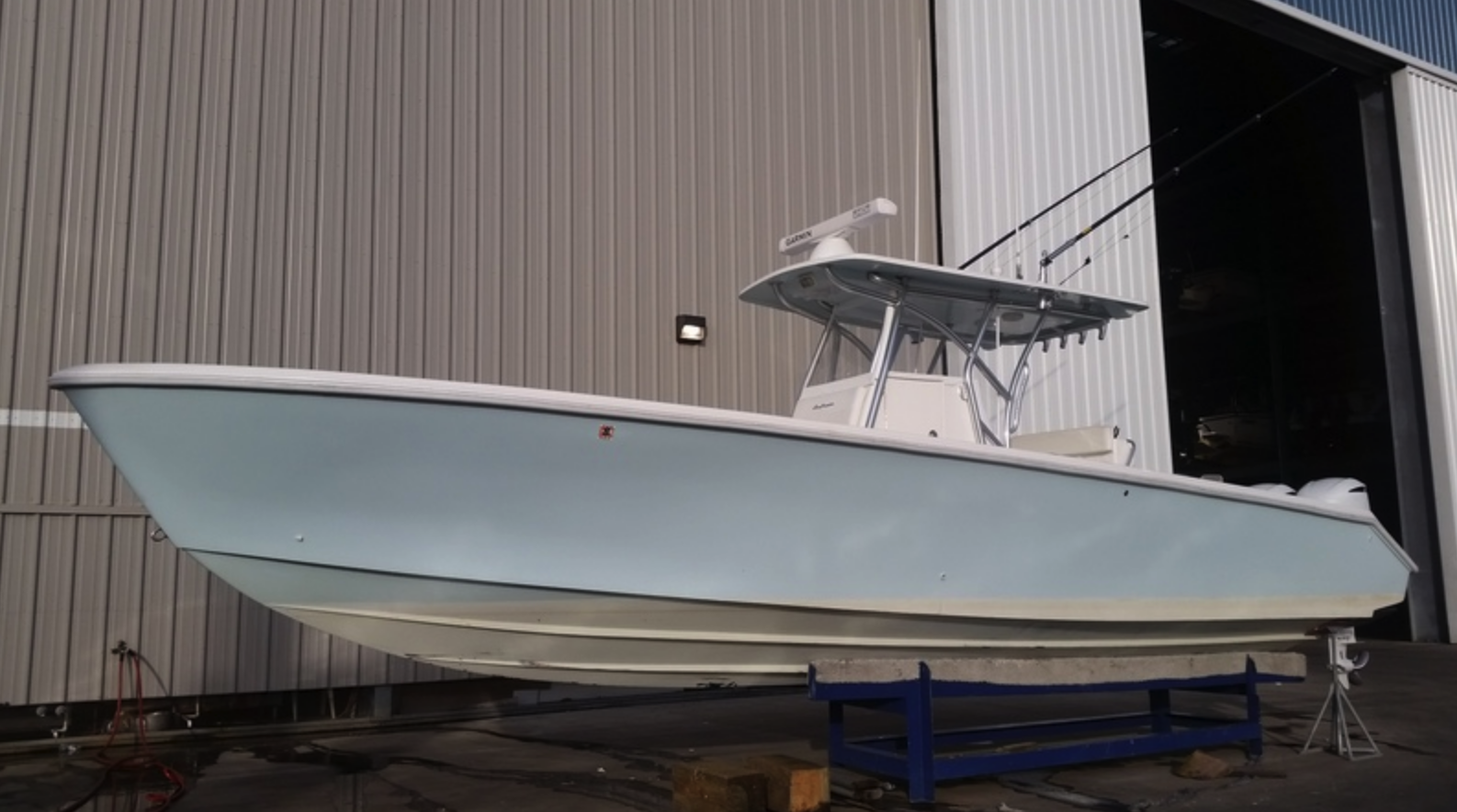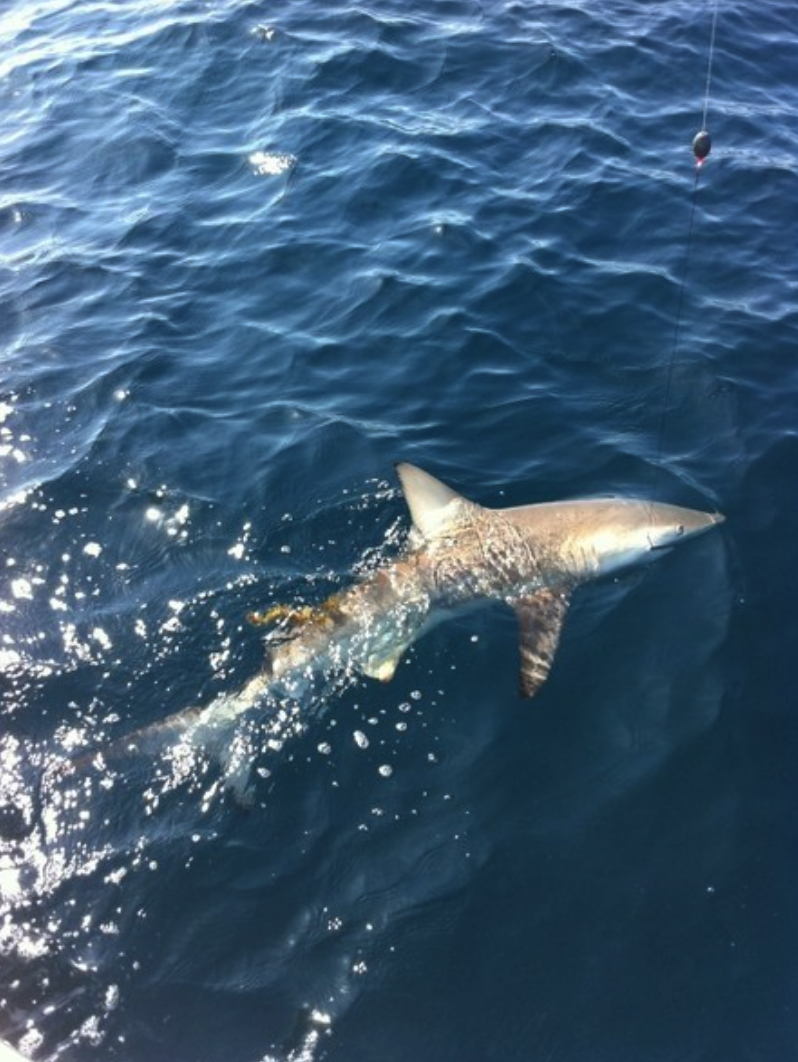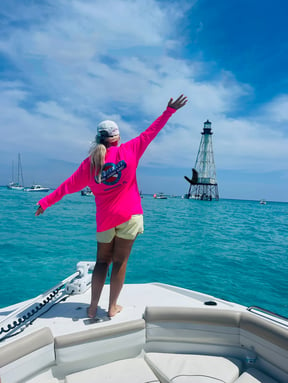Inshore, Flats Fishing in Chatham
Early Season Cape Cod Flyfishing
Early Season Striper 33’
Tuna Trip - 26' Regulator
West Bay Trip
Upper Galveston Bay Trip
Inshore, Nearshore Fishing in Galveston
22' Whaler Inshore
22' Whaler Inshore - Texas City
Galveston Inshore Trip
Nearshore, Jetty Fishing in Galveston
Bay And Jetty Fishing
Nearshore, Jetty Fishing in Galveston
Shark And Bull Drum Trip
We started Captain Experiences to make it easy to book fishing and hunting guides around the world. With over 2,000 Damn Good Guides, our platform makes finding and booking a trip seamless. Head here to check out our trips.
Fishing is a sport steeped in lore and technique. Yet, there's an ongoing debate among anglers about the opportune moment to fish. Many swear by the golden hour of dawn or dusk, while others advocate for specific moon phases. A particularly polarizing topic — is fishing good after a storm? This article dives deep into the nuances of post-storm fishing, covering the pros, cons, and practical tips for those looking to testing their luck after a downpour.

Weather Impact on Fish Behaviour
Weather plays a pivotal role in influencing fish behavior. Studies have shown that atmospheric changes, barometric pressure drops, and storm-driven currents can significantly impact fish's feeding habits and movement patterns.
Water Temperature: A storm, especially if prolonged, can alter the water temperature. Cold rain can cool down surface waters, pushing warm-water fish deeper, whereas a warm rain might have the opposite effect.
Oxygen Levels: The churning of water during a storm can oxygenate it, making the environment more habitable and energizing for fish.
Water Clarity: Storms can stir up silt and sediment from the riverbed or lake bottom, impacting water clarity. While reduced clarity might deter sight-feeding predators, it can encourage others who rely more on their sense of smell or vibrations to hunt.
Food Availability: The influx of water can wash insects and smaller prey into the water, creating a feast for fish.
The Surge in Fish Activity Post-Storm
Storms are powerful forces of nature that can bring significant disruptions to aquatic ecosystems. The sheer power and energy they bring to the water are enough to upset the daily routines and habitats of most aquatic life, including fish. As a result, the behavior of fish, from the smallest baitfish to the top predators, can be drastically altered.
-
Environmental Disruption:
During a storm, the pounding rain, strong winds, and fast currents can disrupt the once tranquil homes of fish. Structures like plants, rocks, or coral that fish rely on for shelter and camouflage can be disturbed, forcing fish to relocate. With their natural shelters upended or covered by sediment, fish often become more active in search of new protective spots or to reclaim their territories once the storm subsides. -
Churning Up of Food Sources:
The turbulence created by the storm churns up the water column, displacing small organisms from the substrate or from deeper water layers. Insects, small crustaceans, worms, and other food sources that are typically found in the sediment or mud are stirred into the water column. This sudden influx of potential prey results in a post-storm feeding frenzy. Fish capitalize on this windfall, as it's an easy and abundant food source, leading to an increase in their feeding activity. -
Dispersion of Baitfish and Mixing of Water Layers:
One of the fascinating phenomena post-storm is the mixing of water layers. Normally, water bodies exhibit stratification, with different temperature and oxygen levels at varying depths. Storms can disrupt this stratification, causing cooler and warmer water layers to mix. Baitfish, which are sensitive to these changes, might be pushed from their typical zones either by the abrupt temperature shifts or by being chased by other predators. This dispersion of baitfish is like ringing the dinner bell for predator fish. Predatory species like bass, pike, or barracuda can become more aggressive and active in their pursuit of these dispersed schools of baitfish. -
The Chain Reaction:
This increased activity isn't just limited to predator-prey dynamics. The commotion and movement of larger predator fish chasing baitfish can, in turn, attract even bigger predators. For anglers, this is an exciting time as it increases the chances of catching not just more fish, but potentially larger ones too. In essence, storms act as a reset button for aquatic ecosystems. While the immediate aftermath is chaotic, it's this very chaos that brings about renewed vigor in fish, making them more active and thereby creating a window of opportunity for anglers. However, it's essential to understand and respect the power of nature, ensuring safety while taking advantage of the post-storm surge in fish activity.
Opportunity for Rare Catches:
The Unexpected Guests: Rare Catches Post-Storm
For the avid angler, storms might sometimes feel like nature's version of shaking up the dice and rolling a surprise. The aftermath of a storm can significantly alter the usual marine or freshwater landscape, leading to some unexpected and thrilling encounters with species that wouldn't typically be found in an angler's regular fishing spots.
- Storms as Navigational Curveballs:
Oceans and large lakes are vast expanses, with many species having specific territories or preferred ranges. Storms, with their powerful currents and surges, can push fish out of their familiar territories. Fish that usually reside in deeper waters, or further offshore, may find themselves disoriented and moved into shallower waters or closer to the shore. - Why the Shift?:
There are multiple reasons why different or rare species might be found post-storm in unfamiliar territories:- Disorientation: The turbidity and reduced visibility caused by stirred sediments can confuse fish, leading them towards the shore.
- Chasing Food Sources: As mentioned, storms churn up and displace a lot of smaller prey. Some rare or deep-water species might follow these food sources into unfamiliar territories.
- Escape from Predators: Smaller fish might be pushed towards the shore while trying to escape larger predators that become more active and aggressive post-storm.
- Habitat Displacement: Storms can damage or destroy natural habitats, forcing fish to find new areas to reside in.
- The Thrill of the Unexpected Catch:
For anglers, this means the exciting possibility of coming across fish they wouldn't typically encounter. Imagine casting your line hoping for a common catch, only to reel in a rare deep-sea species or a fish that's usually found many miles offshore. Such surprises can make for memorable fishing tales and might even provide a unique opportunity for catch and release, contributing to the conservation and study of such species. - A Note of Caution:
While the prospect of snagging an unusual catch is exhilarating, it's essential to be knowledgeable. Some rare or displaced species might have specific handling requirements, or they might be protected by conservation laws. It's crucial to be able to identify such fish and know the regulations surrounding them.
Less Fishing Competition:
The aftermath of a storm often sees fewer anglers, either due to safety concerns or the misconception of it being a bad fishing time. This means more fish for those who do venture out.
Disadvantages of Fishing After a Storm
Safety Concerns:
The most pressing concern is safety. Post-storm conditions can include powerful currents, debris, and sudden weather changes. Additionally, waterborne diseases may become a concern due to increased bacteria levels or pollution.
Negative Impact on Fish Activity:
Not all fish respond positively post-storm. Changes in salinity or drastically altered water temperatures can deter certain species. The decreased clarity might also negatively impact sight-reliant species.
Difficulty in Access and Fishing Conditions:
Physical obstructions like fallen trees or flooded paths can make reaching prime fishing spots challenging. Turbulent waters and strong winds can also make fishing tricky, even for pros.
Should You Fish After a Storm? Weighing the Decision
Every angler must weigh the pros and cons based on their skill level, species knowledge, and familiarity with the fishing spot. Safety is paramount, and understanding local ecosystems will ensure that fishing practices remain sustainable.
Practical Tips for Post-Storm Fishing
When to Start Fishing after a Storm:
Wait until the storm has passed completely. Waiting a few hours or even a day might be optimal. Look for signs of fish activity to gauge the right moment.
Best Locations for Post-Storm Fishing:
Places where freshwater meets saltwater or areas with significant runoff can be productive. Seek advice from local anglers or guides to identify prime spots.
Equipment and Gear for Post-Storm Fishing
Embarking on a post-storm fishing expedition requires careful preparation, especially when it comes to equipment and gear. The turbulent waters and altered conditions demand specialized equipment to ensure a fruitful and safe experience.
-
Versatile Rods: A medium-heavy rod can be an excellent choice for post-storm conditions. Such rods offer versatility, allowing anglers to handle a variety of fish sizes and types. Given the unpredictable nature of post-storm waters, where you might encounter different species, it's essential to have a rod that can withstand varied pressures.
-
Different Types of Bait: Fish behavior can change after a storm, meaning they might be attracted to different food sources. Carry a diverse range of baits including live baits like worms or minnows, and artificial lures such as spinners, jigs, and topwater plugs. This variety ensures you're prepared for different fish preferences.
-
Safety Gear: This is non-negotiable. Equip yourself with a high-quality life jacket that fits well. Consider a whistle, a waterproof flashlight, and a first aid kit as essential parts of your safety arsenal. A floating waterproof bag can be beneficial to keep your essentials safe.
-
Appropriate Clothing: The weather after a storm can be quite unpredictable. Layering is key. Start with a moisture-wicking base layer, add an insulating layer if it's cold, and always finish with a waterproof outer layer. This ensures you remain dry and warm, protecting you from potential hypothermia.
-
Sturdy Footwear: The terrain might be slippery, muddy, or even strewn with debris post-storm. Wear sturdy, water-resistant shoes or boots that offer excellent grip and ankle support. This not only ensures you don't slip and injure yourself but also keeps your feet dry.
-
Extras of Essential Items: The unpredictable nature of fishing after a storm means things can get lost, damaged, or wet. It's wise to pack extra hooks, baits, lines, and even a spare reel. If you're using electronic devices, like a fish finder, ensure you have extra batteries.
-
Additional Considerations: Given the potential for more debris in the water, a good-quality fishing line that's more resistant to abrasion can be beneficial. Polarized sunglasses can help reduce glare and improve underwater visibility, which is especially useful in murky post-storm waters. In summary, post-storm fishing is not the time to skimp on equipment. Being well-prepared will not only enhance your fishing experience but will also ensure that you stay safe amidst the unique challenges presented by the aftermath of a storm.
Assessing Weather Conditions:
Stay updated with reliable weather sources to avoid any sudden changes.
Experience the Thrill of Post-Storm Fishing - Secure Your Spot Now
In conclusion, while post-storm fishing presents unique challenges, it also offers unparalleled opportunities. If you're looking to experience this thrill safely and effectively, consider booking a trip with Captain Experiences. Their expert guidance ensures not just a memorable fishing experience but also a safe one. Dive into the post-storm waters with confidence!
Jake Lane
Updated on October 4, 2023
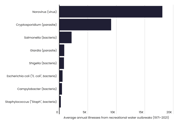
July 1, 2024
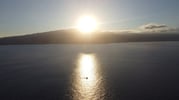
April 26, 2022
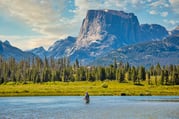
May 13, 2024
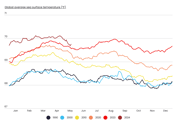
November 15, 2023

January 19, 2021
Related Articles
December 12, 2022
June 27, 2023
August 9, 2022
Featured Locations
- Fishing Charters Near Me
- Austin Fishing Guides
- Biloxi Fishing Charters
- Bradenton Fishing Charters
- Cabo San Lucas Fishing Charters
- Cancun Fishing Charters
- Cape Coral Fishing Charters
- Charleston Fishing Charters
- Clearwater Fishing Charters
- Corpus Christi Fishing Charters
- Crystal River Fishing Charters
- Dauphin Island Fishing Charters
- Daytona Beach Fishing Charters
- Destin Fishing Charters
- Fort Lauderdale Fishing Charters
- Fort Myers Fishing Charters
- Fort Walton Beach Fishing Charters
- Galveston Fishing Charters
- Gulf Shores Fishing Charters
- Hatteras Fishing Charters
- Hilton Head Fishing Charters
- Islamorada Fishing Charters
- Jacksonville Fishing Charters
- Jupiter Fishing Charters
- Key Largo Fishing Charters
- Key West Fishing Charters
- Kona Fishing Charters
- Lakeside Marblehead Fishing Charters
- Marathon Fishing Charters
- Marco Island Fishing Charters
- Miami Fishing Charters
- Montauk Fishing Charters
- Morehead City Fishing Charters
- Naples Fishing Charters
- New Orleans Fishing Charters
- New Smyrna Beach Fishing Charters
- Ocean City Fishing Charters
- Orange Beach Fishing Charters
- Panama City Beach Fishing Charters
- Pensacola Fishing Charters
- Pompano Beach Fishing Charters
- Port Aransas Fishing Charters
- Port Orange Fishing Charters
- Rockport Fishing Charters
- San Diego Fishing Charters
- San Juan Fishing Charters
- Sarasota Fishing Charters
- South Padre Island Fishing Charters
- St. Augustine Fishing Charters
- St. Petersburg Fishing Charters
- Tampa Fishing Charters
- Tarpon Springs Fishing Charters
- Venice Fishing Charters
- Virginia Beach Fishing Charters
- West Palm Beach Fishing Charters
- Wilmington Fishing Charters
- Wrightsville Beach Fishing Charters
